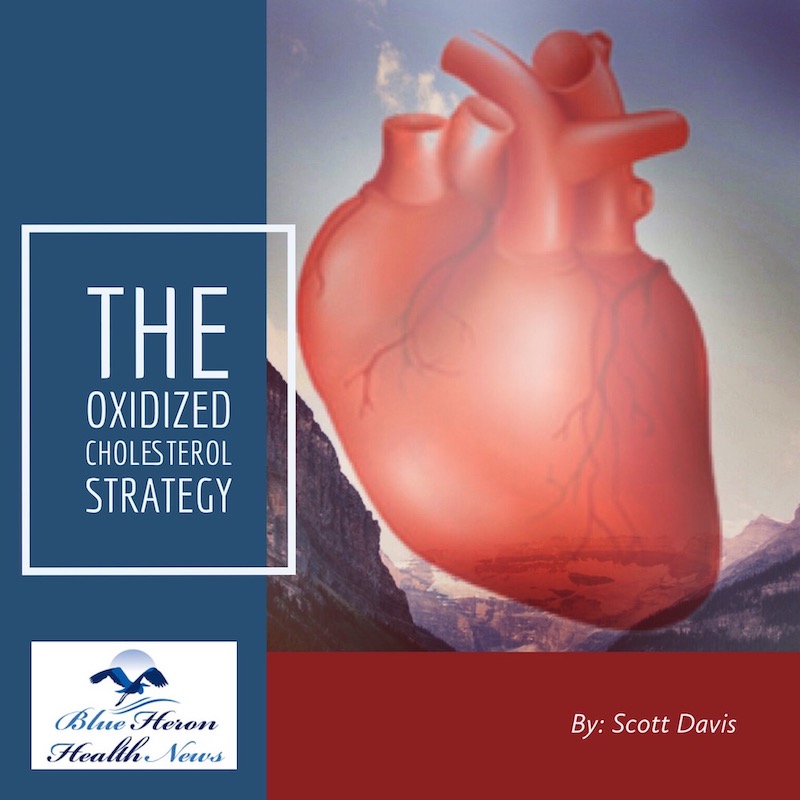Living with four heart arteries that are 95% clogged is an extremely serious medical condition that requires immediate attention and intervention. This condition signifies advanced coronary artery disease (CAD), a leading cause of heart attacks and heart failure. The heart arteries, also known as coronary arteries, supply oxygen-rich blood to the heart muscle. When these arteries are significantly clogged, it drastically reduces the blood flow to the heart, leading to various severe health complications.
Understanding Coronary Artery Disease
Coronary artery disease develops when the major blood vessels that supply your heart with blood, oxygen, and nutrients become damaged or diseased. Cholesterol-containing deposits (plaques) and inflammation are usually to blame for coronary artery disease. Over time, these plaques can narrow or completely block the coronary arteries. A high level of clogging, such as 95%, is particularly dangerous because it can lead to chest pain (angina), shortness of breath, and other symptoms of heart disease. Most alarmingly, it significantly increases the risk of a heart attack, which can be fatal.

Symptoms and Risks
The symptoms of severely clogged arteries may include chest pain, shortness of breath, and heart palpitations. However, in some cases, the disease progresses silently, without any symptoms until a heart attack occurs. Factors that increase the risk of coronary artery disease include high blood pressure, high cholesterol, smoking, diabetes, and a family history of heart disease.
Immediate Medical Attention
If someone is known to have such a severe level of arterial blockage, it is critical to seek immediate medical care. Treatment options may include lifestyle changes, medications, and potentially surgical procedures like angioplasty and coronary artery bypass grafting (CABG). These treatments aim to restore and improve blood flow to the heart, thereby reducing the risk of a heart attack and improving overall heart function.
The Role of Lifestyle Changes
Lifestyle changes are a critical part of managing and treating coronary artery disease. This includes quitting smoking, eating a heart-healthy diet, engaging in regular physical activity, maintaining a healthy weight, and managing stress. These changes can help slow or even reverse the progression of the disease.
The Oxidized Cholesterol Strategy
In the context of coronary artery disease and clogged arteries, “The Oxidized Cholesterol Strategy” is a resource that may offer valuable insights. This strategy focuses on the role of oxidized cholesterol in the development of arterial plaque. Unlike regular cholesterol, oxidized cholesterol can be particularly harmful as it triggers inflammation in the arteries, leading to plaque buildup and blockages.
The Oxidized Cholesterol Strategy typically advocates for dietary and lifestyle changes aimed at reducing the levels of oxidized cholesterol in the body. This might include eating a diet rich in antioxidants, which can prevent the oxidation of cholesterol, and avoiding foods that are known to contribute to cholesterol oxidation, such as those high in trans fats.
Importance of Medical Supervision
While resources like “The Oxidized Cholesterol Strategy” can provide useful information, they should not replace professional medical advice. Anyone with significant coronary artery disease should be under the care of a cardiologist and follow a treatment plan tailored to their specific needs. It’s essential to work closely with healthcare providers to monitor heart health, adjust treatments as necessary, and address any new symptoms promptly.
Conclusion
Living with four heart arteries that are 95% clogged is a precarious health situation that demands urgent medical attention. While lifestyle changes, including dietary adjustments as suggested in resources like “The Oxidized Cholesterol Strategy,” by Blue Heron Health News play a critical role in managing heart health, they should complement the medical treatments prescribed by healthcare professionals. Timely and comprehensive treatment is crucial in managing the risks associated with severe coronary artery disease.




0 Comments